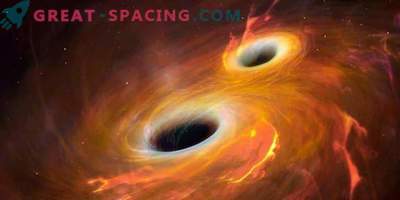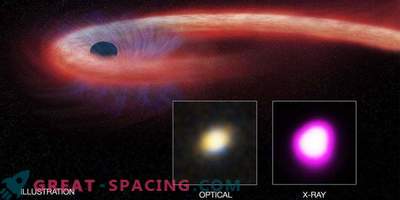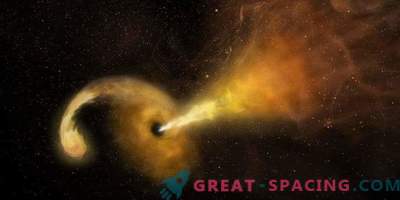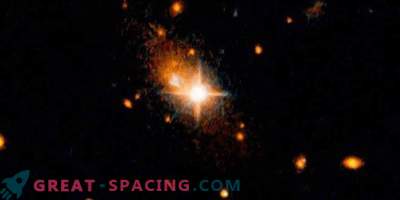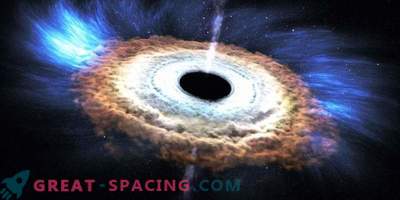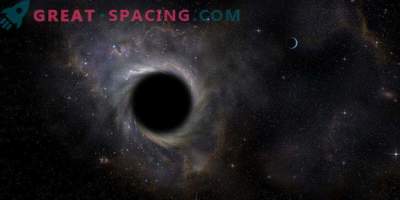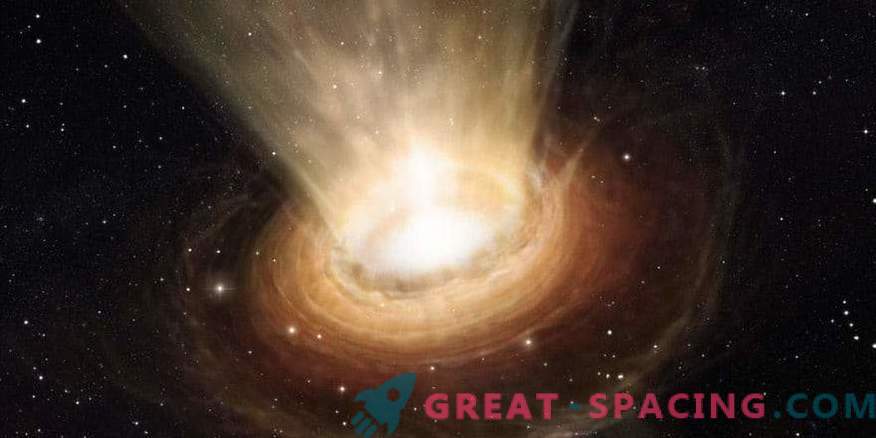
Dr. Jane Lisin Dye and Professor Enrico Ramirez-Ruiz from the Niels Bohr Institute presented an important computer model. With its help, you can study the event of tidal destruction - rare, but extremely powerful events in galactic centers.
Tidal damage
In the center of each large galaxy there is a supermassive black hole, which by mass exceeds the solar one millions and billions of times. But most of them are difficult to observe, because they do not emit radiation. This happens when a certain form of material is drawn into the extremely powerful gravitational field of a black hole. About every 10,000 years in one galaxy, a star approaches a dangerous distance from a hole, and the gravity of the latter breaks an object. This event is called gravitational tide.
In this process, the black hole is filled with stellar fragments for a certain time. When stellar gas is absorbed, a huge amount of radiation is released. Due to this, it is possible to study the characteristics of the hole.
Merged Model
During the high tide period, some holes emit X-rays, while others emit visible light and UV. It is important to understand this diversity and put together a whole puzzle. The new model tried to take into account the angle of the earth observer. Scientists are exploring the universe, but the galaxies are randomly oriented.
The new model combines elements from the general theory of relativity, magnetic field, radiation and gas, thanks to which it is possible to consider a tidal event from different points of view and to collect all actions into a single structure.
Cooperation and Prospects
The work was made possible by the collaboration of the Niels Bohr Institute and the University of California at Santa Cruz. Connected and researchers from the University of Maryland. To solve the problem, modern computational tools were used. The breakthrough provided the prospect for a fast-growing field of research.

